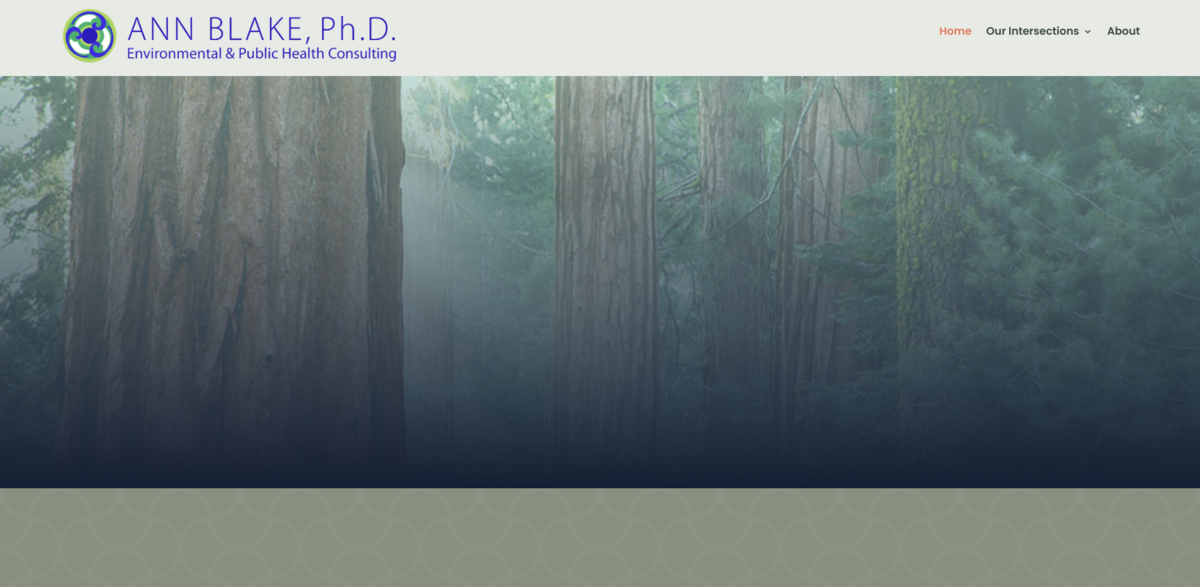What is Building Regenerative Economies?
Building Regenerative Economies is all about taking practical steps toward creating a just and equitable world. It’s a movement focused on multi-solving some of the biggest challenges we face—chemicals, climate, health, and equity—all at once. This project dives deep into green chemistry and safer solutions, aiming to transform how chemicals are used and managed while supporting a just transition for communities and workers alike. At its core, it’s about building local resilience and fostering economies that work for people and the planet.
Main Benefits of the Project
This initiative brings a lot to the table, especially when it comes to creating healthier, more sustainable communities. Here are some key highlights:
- Over 30 years of experience finding safer chemicals and materials across more than a dozen global consumer product sectors.
- Focus on economic and environmental justice through systems approaches.
- Inspired by Kate Raworth’s groundbreaking Donut Economics, which balances human needs with planetary boundaries.
- Commitment to business accountability that protects workers, communities, and consumers.
- Emphasis on interconnectedness—recognizing the interdependence of all life and communities.
Multi-Solving: Addressing Complex Challenges
One of the standout features of this project is its multi-solving approach. Instead of tackling issues like chemicals, climate change, health, and equity separately, it looks at them as interconnected problems that require integrated solutions. This means safer chemicals don’t just protect health—they also support climate goals and promote equity. It’s a holistic way of thinking that’s essential for real, lasting change.
Green Chemistry and Safer Solutions
Green chemistry is a cornerstone of the project. It’s about designing chemicals and processes that reduce or eliminate hazardous substances. This approach not only safeguards human health but also minimizes environmental impact. The project pushes for safer alternatives in manufacturing and consumer products, ensuring that the transition to greener options is just and inclusive. It’s about making sure no one is left behind in the shift toward sustainability.
Building Local Resilience
At the heart of this work is the goal to build stronger, more resilient local economies. By focusing on regional solutions and community engagement, the project fosters economic systems that can withstand shocks and stresses—whether environmental, social, or economic. This local focus helps create jobs, supports healthier environments, and strengthens social equity. It’s a vision of economies that nurture both people and the planet.
Project Impact on Sustainable Development Goals (SDGs)
- SDG 3: Good Health and Well-being
- SDG 6: Clean Water and Sanitation
- SDG 8: Decent Work and Economic Growth
- SDG 10: Reduced Inequalities
- SDG 12: Responsible Consumption and Production
- SDG 13: Climate Action
- SDG 15: Life on Land
Vision and Mission Behind the Project
The vision here is pretty inspiring—a human presence on Earth where everyone’s needs are met, including the planet’s. It’s a vision that recognizes how deeply interconnected all life and communities are. The mission? To create work that doesn’t endanger health—whether it’s workers, communities, or consumers. Business must be accountable to the communities it touches, in every way. As Dr. Ann Blake puts it, this is about connecting people and planet for healing and transformation. And as Rachel Carson once said, the more we focus on the wonders of the universe around us, the less we’ll want to destroy it. That’s the spirit driving this project forward.





















